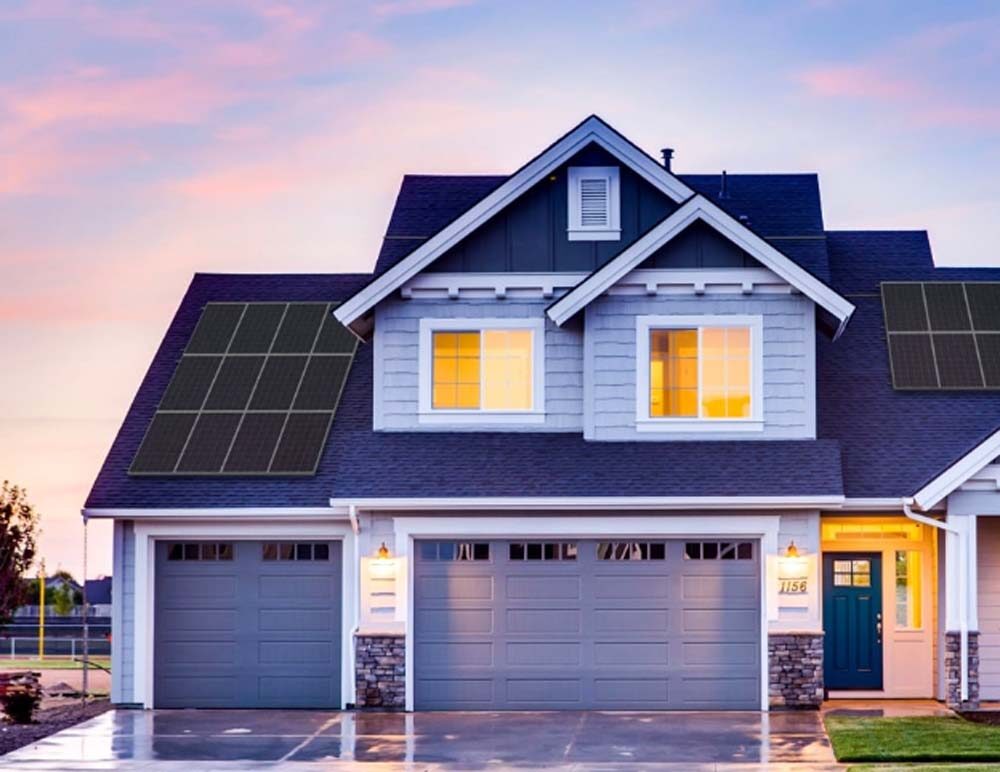The U.S. government’s diplomatic engagement with Mexico on renewables came into view this week as Department of Energy Secretary Jennifer Granholm tweeted that “Mexico’s abundant clean energy resources” could power the nation “more than 100x over.”
Granholm pointed to a study by the National Renewable Energy Laboratory (NREL) evaluating Mexico’s renewables potential.
Granholm’s tweet preceded President Biden’s meeting with Mexican President Andres Manuel Lopez Obrador and Canadian Prime Minister Justin Trudeau in Mexico City, to discuss topics including climate and energy.
NREL’s study found that Mexico’s target of 35% clean electricity by 2024, under its energy transition law, could be met largely by increasing solar’s contribution from its 2021 level of about 4% to 9%, and wind’s contribution from about 8% to 12%. Mexico reached 27% clean electricity in 2021, including about 10% hydropower.
NREL conducted its study as part of the U.S. government’s broader ongoing engagement with Mexico on clean energy and climate issues, said an NREL spokesperson. The work was funded by the U.S. Department of State and managed by the Department of Energy.
Granholm said that with “rapid growth” in renewables deployment, Mexico could generate high levels of investment, increase energy access, reduce costs to consumers, and help improve grid reliability.
NREL’s study said that deploying renewables in Mexico “at scale” would also create new high-quality jobs, and represents “the most cost-effective way” to provide rural electrification, which “enhances education, health, and other social services that improve quality of life.”
Clean electricity is also needed, the study said, to electrify transportation, “which would improve air quality.”
NREL’s study cautioned that private-sector renewables projects modeled in its high-renewables scenario “would have a very low probability of completion” if legal, regulatory and market frameworks were changed in a way to “create significant barriers to market entry.”
Conversely, “given the right mix of policies and technical measures, the country could attract large-scale investments” in renewables, providing “social and economic benefits to its citizens.”
Southeast Mexico has a “very strong potential” to become Mexico’s “most important clean energy hub,” the study said, powering growth in the region and “exporting clean energy capabilities” to the rest of the country and to Central America.
Nationwide, Mexico’s solar capacity potential is 137 times the projected electricity demand for 2024, NREL said. The Mexican state of Baja California Sur, an electrical islanded system, has 743 GW of solar capacity potential, and could “transform” its power system into a clean energy system, NREL said.
NREL’s study showed that distributed generation deployment in Mexico, such as rooftop solar, reached 2 GW in 2021, and achieved an annual growth rate of over 40% that year.
The New York Times has reported that renewables developers in Mexico face difficulties as they seek to bring solar and wind projects online.
This content is protected by copyright and may not be reused. If you want to cooperate with us and would like to reuse some of our content, please contact: editors@pv-magazine.com.








By submitting this form you agree to pv magazine using your data for the purposes of publishing your comment.
Your personal data will only be disclosed or otherwise transmitted to third parties for the purposes of spam filtering or if this is necessary for technical maintenance of the website. Any other transfer to third parties will not take place unless this is justified on the basis of applicable data protection regulations or if pv magazine is legally obliged to do so.
You may revoke this consent at any time with effect for the future, in which case your personal data will be deleted immediately. Otherwise, your data will be deleted if pv magazine has processed your request or the purpose of data storage is fulfilled.
Further information on data privacy can be found in our Data Protection Policy.